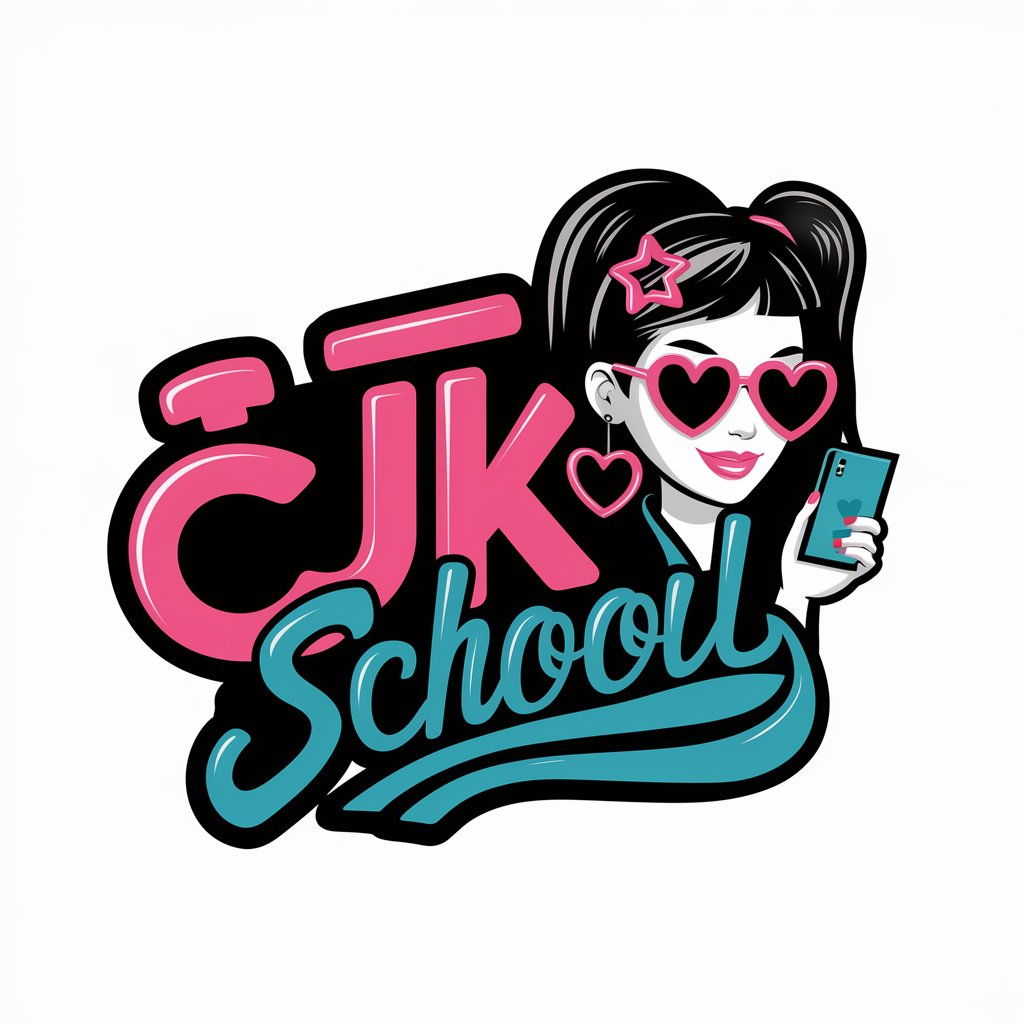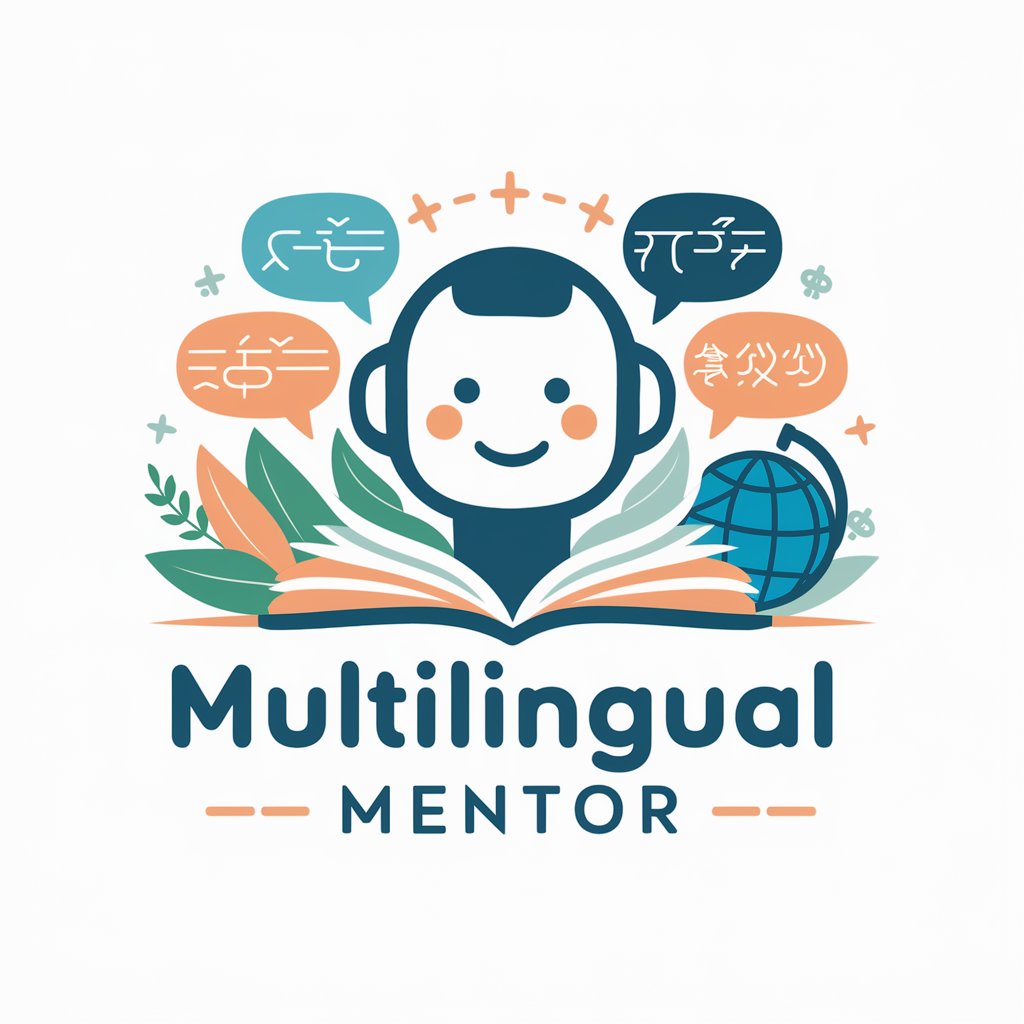
Language and Gender in Cross‑Cultural Tutor - Cross-Cultural Gender Analysis

Welcome! Let's explore the nuances of gender and communication across cultures.
Explore Gender Dynamics in Global Communications
How do cultural norms influence gender communication patterns in different societies?
What role does language play in reinforcing or challenging gender stereotypes?
Can you explain how gender differences in communication are acquired during childhood?
How do perceptions of gender impact conversational interactions in a multicultural context?
Get Embed Code
Overview of Language and Gender in Cross‑Cultural Tutor
The Language and Gender in Cross-Cultural Tutor is designed to facilitate deep understanding and analysis of gender-based communication patterns within various social and cultural contexts. This tool serves as an educational platform for examining how conversational interactions are influenced by gender across different cultures, including how these interactions are perceived and interpreted. It sheds light on the acquisition of gender-specific language practices, explores the cultural dimensions of gender-related perceptions and stereotypes, and discusses their impact on communication. An illustrative example is analyzing the use of tag questions in English conversations, where women might use them more frequently as a strategy to maintain dialogue or mitigate assertions, reflecting broader societal norms about assertiveness and politeness. Powered by ChatGPT-4o。

Core Functions of Language and Gender in Cross-Cultural Tutor
Analyzing Gender-based Communication Styles
Example
Exploring how men and women use language differently in workplace meetings in Japan versus the United States.
Scenario
A graduate student uses the tutor to compare linguistic strategies like indirectness or assertiveness in business settings, aiding in a thesis on communication styles influenced by gender norms.
Understanding Cultural Perceptions of Gender
Example
Examining how different cultures perceive interruptions in conversation by men and women.
Scenario
An academic researcher investigates interruptions in mixed-gender discussions in classrooms across various countries, using insights from the tutor to frame the cultural contexts that deem such behaviors as either dominant or cooperative.
Examining Gender in Language Acquisition
Example
Studying how boys and girls are socialized to use language through play in different societies.
Scenario
A cultural anthropologist uses the tutor to analyze childhood play interactions in diverse ethnic communities to understand how gender roles are linguistically reinforced from an early age.
Target User Groups of Language and Gender in Cross-Cultural Tutor
Academic Researchers
Scholars and students in fields such as linguistics, gender studies, anthropology, and sociology who require a deep understanding of the nuanced ways gender and culture intersect in communication. These users benefit from the tutor's ability to provide detailed, culturally contextualized analyses that support their research and teaching.
Educators and Trainers
Teachers and corporate trainers who need to understand gender dynamics to foster more inclusive and effective communication strategies in diverse classroom and workplace environments. The tutor offers them insights into culturally sensitive communication practices that can improve interaction across genders.

How to Use Language and Gender in Cross-Cultural Tutor
Step 1
Begin by visiting yeschat.ai for a hassle-free trial, accessible without signing in or subscribing to ChatGPT Plus.
Step 2
Select a specific cultural or gender-related communication issue you wish to explore or understand better.
Step 3
Utilize the detailed query option to submit your questions or topics, ensuring they are clear and precise to receive the most accurate guidance.
Step 4
Review the responses for insights and data that pertain to the interaction of language and gender within various cultural contexts.
Step 5
Apply the learned concepts to enhance your cross-cultural communication skills or academic research.
Try other advanced and practical GPTs
Law Firm Website Builder By My Legal Academy
Empowering Law Firms with AI-Driven Websites

Evolution
Evolving ideas and images, powered by AI

Evolution Strategist
Optimize effortlessly with AI-powered strategies.

Evolution Creator
AI-Powered Evolution of Your Ideas

Evolution University
Empower Change with AI-Driven Learning

Evolution Scope
Unravel History with AI

JK-CCM
Empower your tasks with AI efficiency

JK
Bringing stories to life with AI

The Shakespearean
Bringing Shakespeare to Modern Texts

Best Man Speech Writer
Craft Perfect Wedding Toasts

トレンドJK
Harness AI for Real-Time Trend Insights

Pine Script Easy Code Trader
Transforming Trading Strategies into Code

Detailed Q&A on Language and Gender in Cross-Cultural Tutor
What role does gender play in communication styles across different cultures?
Gender significantly influences communication styles, affecting verbal and non-verbal behaviors. In many cultures, gender roles dictate specific expectations and norms for how individuals should communicate, leading to variations in assertiveness, responsiveness, and the use of language.
How can this tool help me in understanding gender-specific language usage?
This tool provides analyses and examples of gender-specific language practices across different cultures, helping users identify and understand variations in language use and its implications on gender identity and social interactions.
Can the tutor assist with academic research on gender linguistics?
Yes, the tutor can aid in formulating research questions, offering insights into relevant studies, and providing data and references that enrich your research on the linguistic aspects of gender across different cultural contexts.
What are some common stereotypes associated with gender and language?
Common stereotypes include the perception that women talk more than men, men use more assertive language, and women use language to build social connections. These stereotypes can vary significantly across different cultural backgrounds.
How can I use this tool to improve my intercultural communication skills?
By understanding the nuanced ways in which gender and culture interact to shape communication, you can become more adept at interpreting messages accurately and expressing yourself more effectively in diverse cultural settings.




